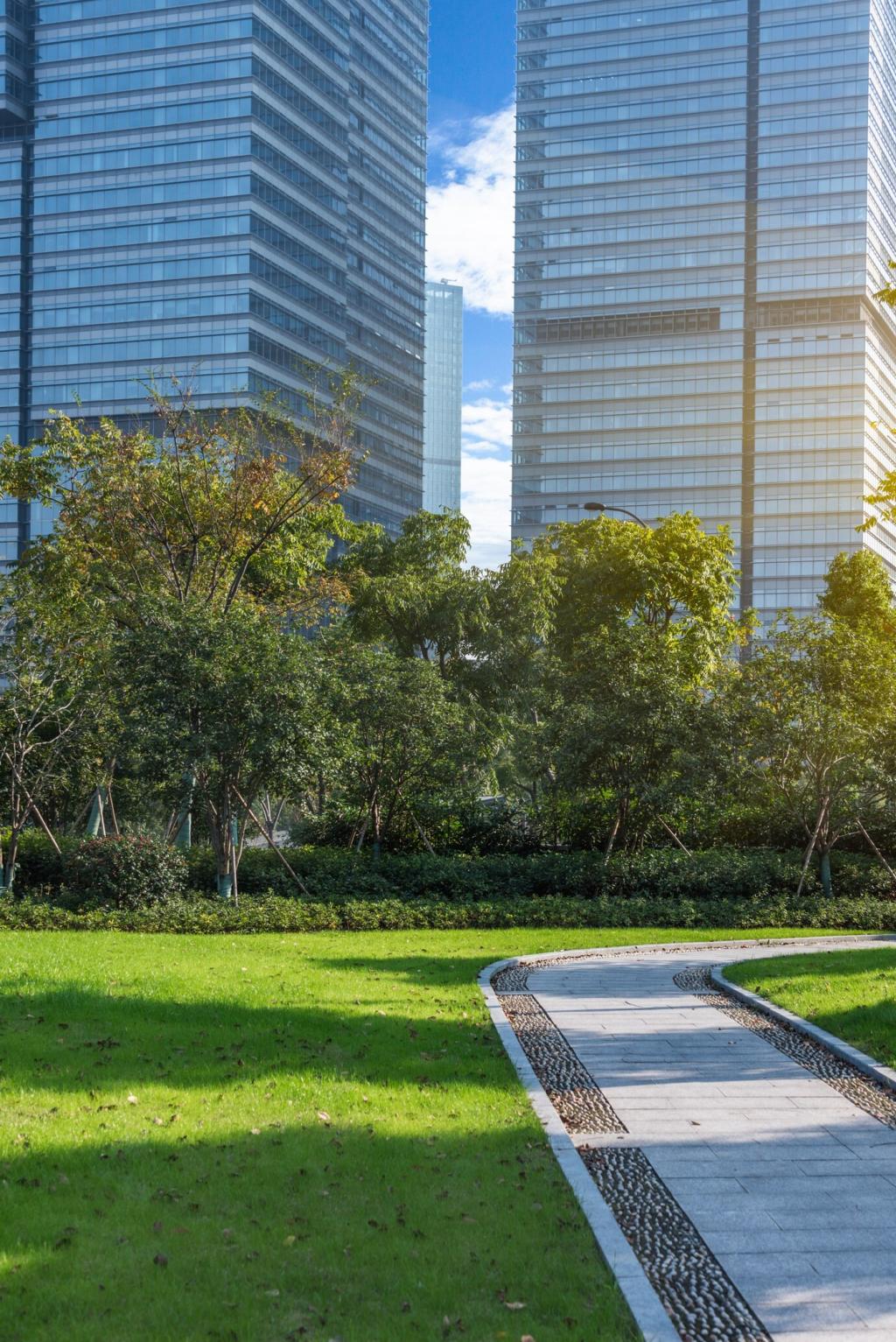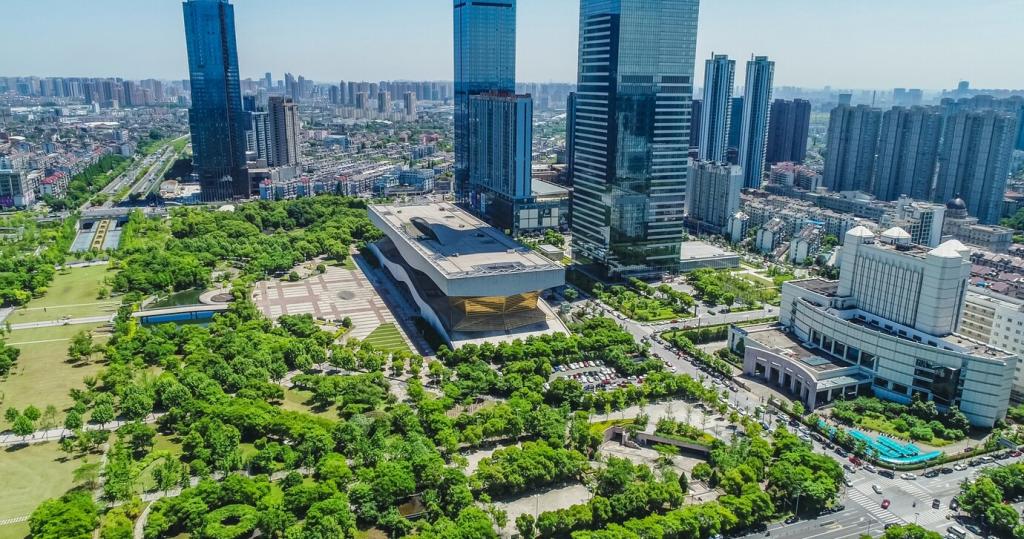Enhancing Urban Aesthetic with Vertical Greenery
As cities expand and living spaces become increasingly constrained, innovative solutions are needed to elevate both the functionality and beauty of the urban environment. Vertical greenery, encompassing green walls and vertical gardens, offers an ingenious approach to transforming urban landscapes. By integrating lush plant life onto buildings and structures, vertical greenery not only beautifies concrete jungles but also delivers a host of environmental and psychological benefits. Discover how this green revolution is redefining urban aesthetics and fostering more livable, vibrant cities.

Environmental Benefits of Vertical Greenery Solutions
Improving Urban Air Quality
Urban air pollution is a persistent health hazard, aggravated by vehicle emissions and industry. Vertical greenery acts as a natural air filter, absorbing pollutants and trapping dust. Plants in green walls actively photosynthesize, sequestering carbon dioxide and releasing oxygen, thus creating microclimates with noticeably fresher air. The cumulative effect of widespread installations helps mitigate the impacts of urban smog, promoting healthier living conditions for city dwellers and contributing to broader environmental goals.
Supporting Urban Biodiversity
Dense cities often threaten native species and fragment natural habitats. Vertical gardens breathe new life into these built environments by attracting birds, butterflies, and beneficial insects. This newly created vertical habitat can form vital corridors for urban wildlife, supporting pollinators and contributing to a richer tapestry of urban biodiversity. The implementation of native and adaptive plant species further enhances ecological value, helping cities integrate seamlessly with local ecosystems rather than displacing them.
Regulating Temperature and Reducing Heat Islands
Heat islands—urban areas significantly warmer than their surroundings—are a major concern for city planners. The dense concentration of concrete and asphalt absorbs heat, exacerbating peak summer temperatures. Vertical greenery mitigates this effect by providing natural insulation, shading building exteriors, and increasing overall vegetation cover. Water transpired by plants cools the air, reducing energy demands for air conditioning and fostering a more comfortable urban climate. This passive cooling effect is especially valuable in the context of global warming and changing urban weather patterns.

Psychological Benefits of Urban Greenery
Exposure to greenery has profound positive effects on mental health. The mere sight of verdant walls can soothe stress, reduce anxiety, and elevate moods. In densely populated neighborhoods, vertical gardens offer a visual respite from monotony, bringing restorative natural beauty to daily life. Studies indicate that even brief contact with nature—such as walking by a living wall—can enhance cognitive performance and creativity, making vertical greenery a crucial asset for improving urban life.
Spaces for Community Engagement
Vertical greenery creates gathering points and encourages people to linger, transforming underutilized corners into vibrant social hubs. These installations can serve as catalysts for community interaction, hosting everything from local art displays to informal conversations. Community-led efforts to establish and maintain green walls foster a sense of ownership and encourage civic participation, strengthening social ties and nurturing urban resilience.
Educational Opportunities in Urban Settings
The presence of vertical gardens in schools, libraries, and public institutions provides unique hands-on learning experiences. Children and adults alike can witness firsthand the processes of plant growth, pollination, and ecological interdependence. These living installations become interactive classrooms, enriching curricula with real-life lessons in sustainability, botany, and environmental stewardship. In this way, vertical greenery not only beautifies but also educates, inspiring future generations to value and protect urban nature.
